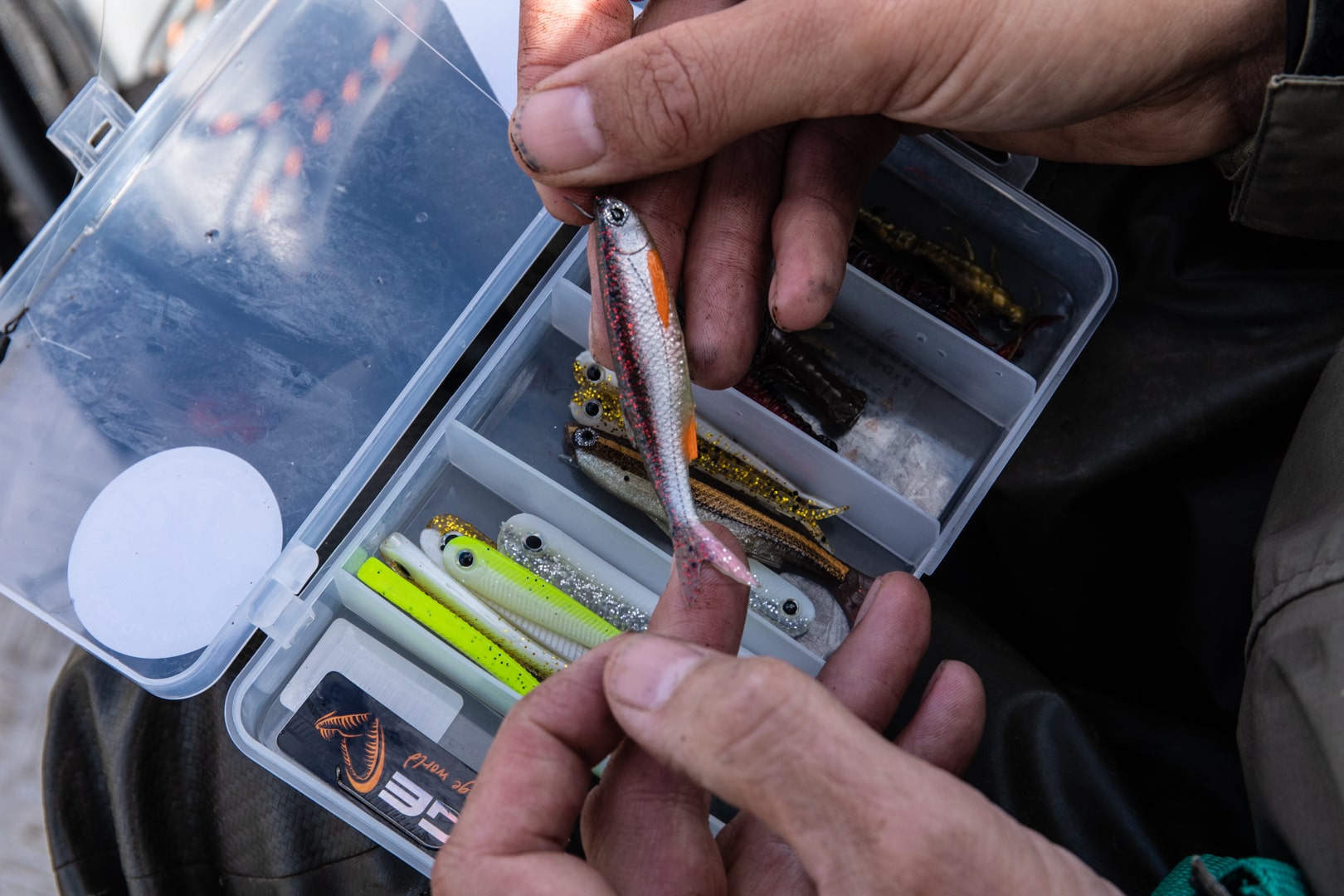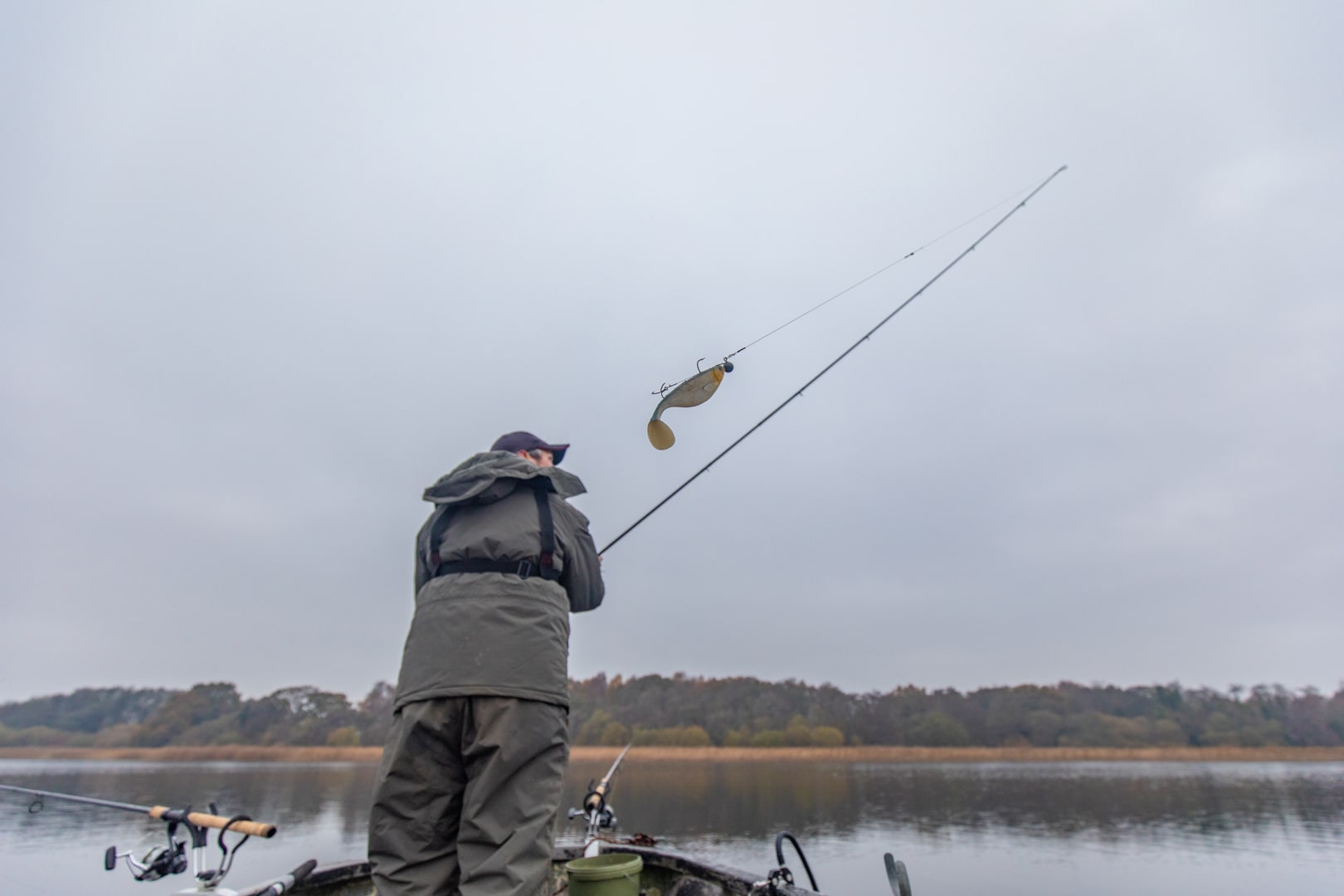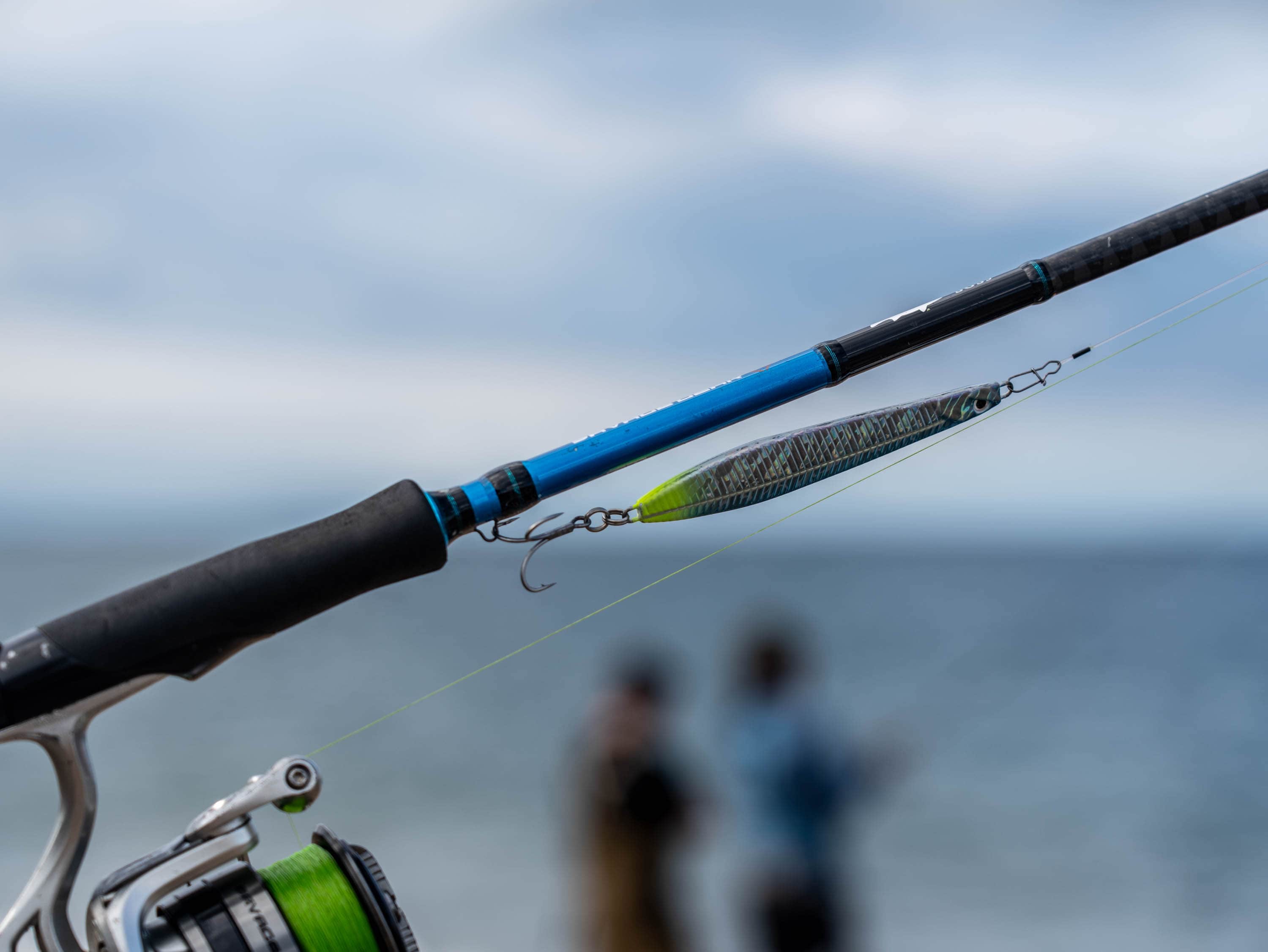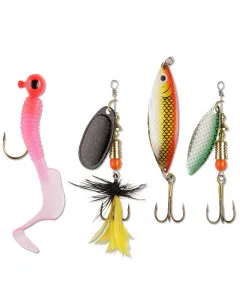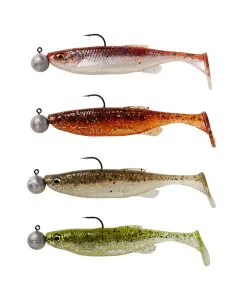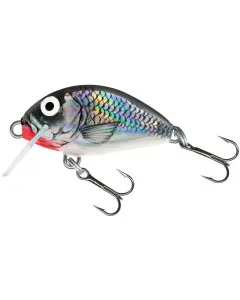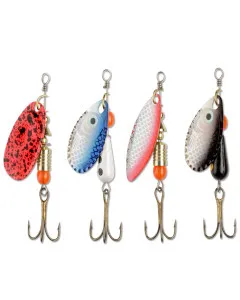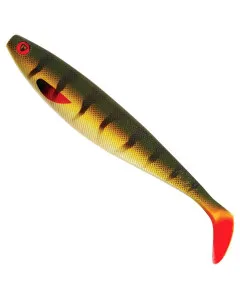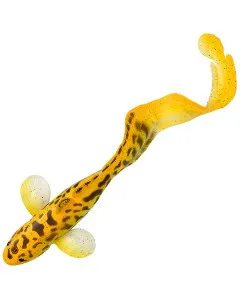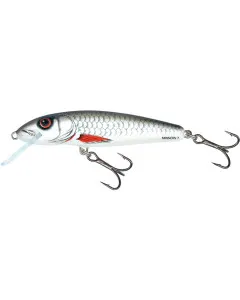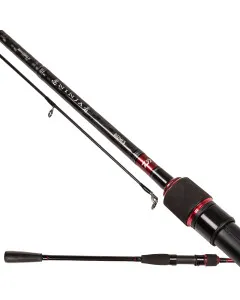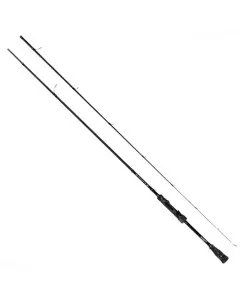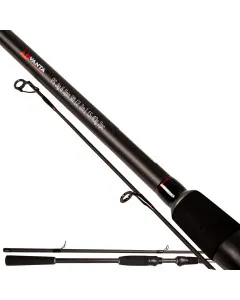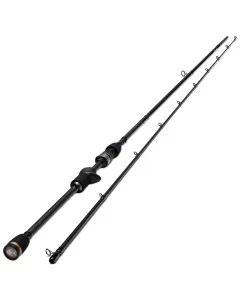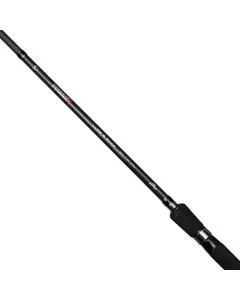The Science Behind Fishing Lure Colours and Fish Vision
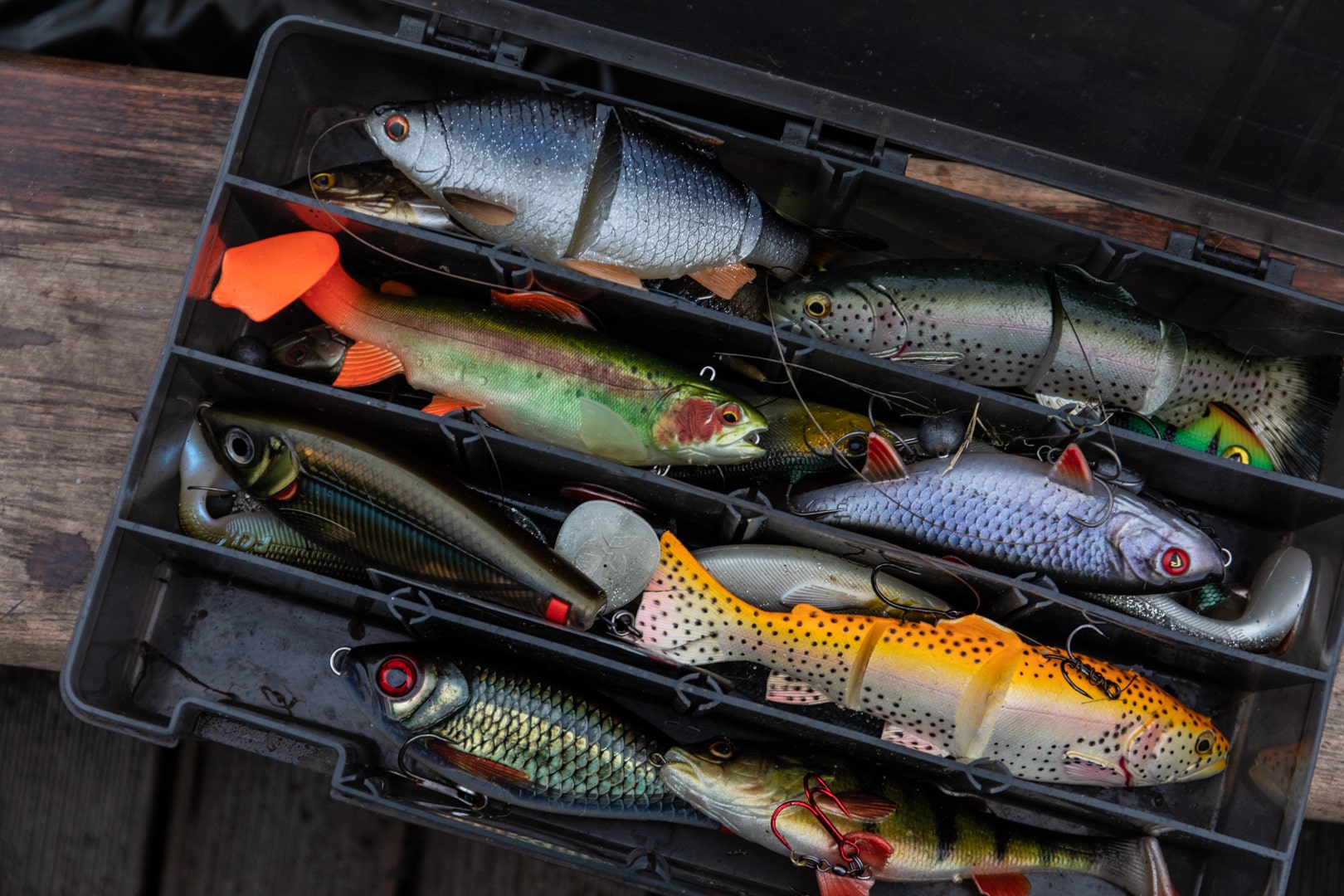
Every angler knows small technique changes can make or break a fishing trip. Among the factors to consider is understanding the vision in fish and how it reacts to various colours of fishing lures in the UK.
Certain fishing lures are more effective than others. The preference of fish for a specific colour can vary from one day to the next. Dive with us into the deep waters of fish vision and the science of lure colours.
Does lure colour really matter?
The colour of a lure can significantly influence its visibility and attractiveness to fish. Anglers have long understood that adapting lure colours to specific conditions can enhance their catch rates.
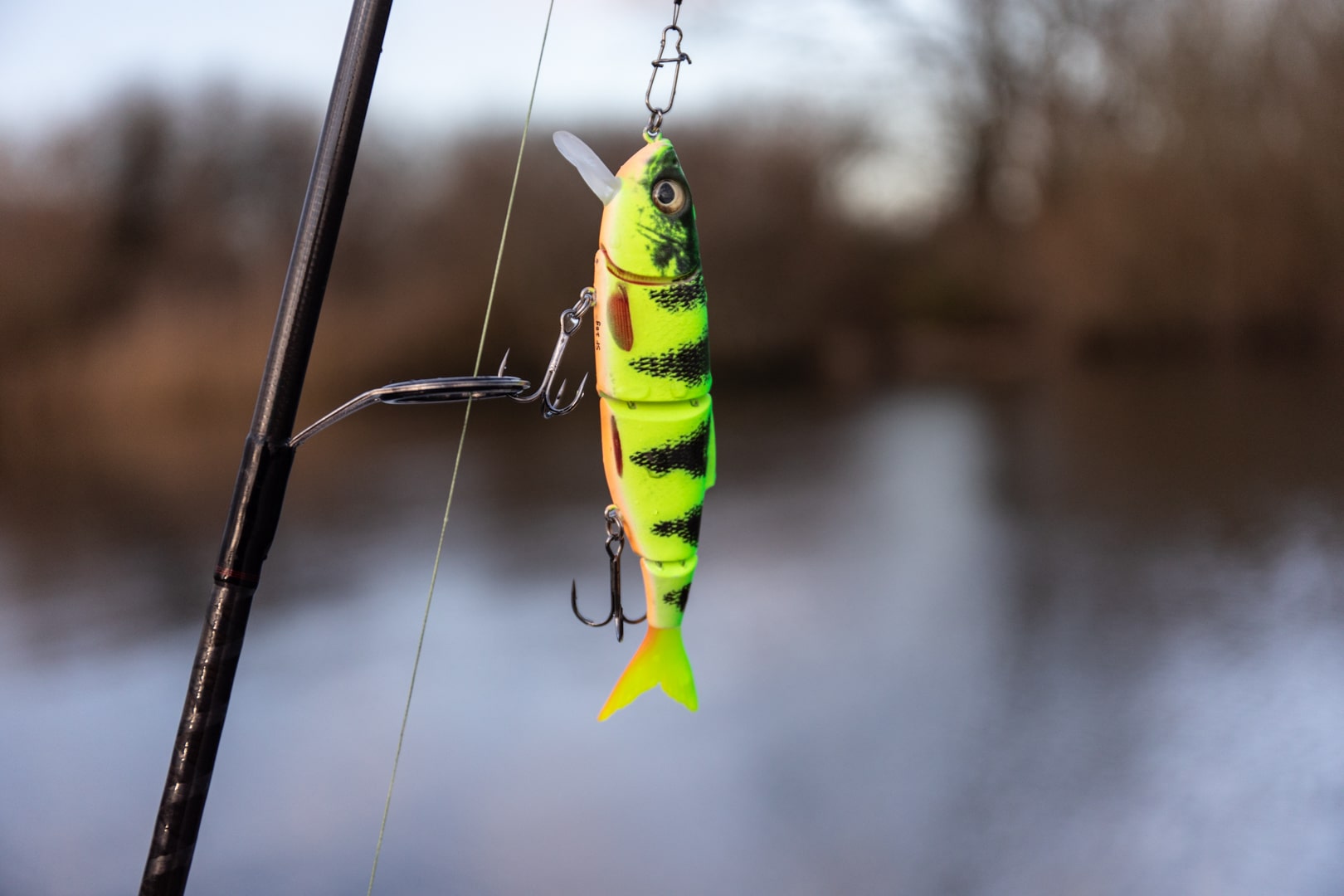

What does a fish's vision look like?
Many fish can see ultraviolet (UV) light. This ability affects how fish interact with their surroundings and, more crucially for us, the fishing lures they chase.
What colour lures are most effective?
There's no one-size-fits-all answer when it comes to lure fishing in the UK. However, considering water clarity and light conditions, certain colours tend to be more effective:
- Blue: Clear water favours blue.
- Green: In greenish water, green lures excel.
- Orange: Stained water brings out the effectiveness of orange
- Red: Muddy waters amplify the appeal of red.
- Pink: Can be good for fish used to pink baits like worms, pop-ups and boilies.
- Yellow: High visibility stands out in various water conditions
- White/ Silver: With sea fishing lures this colour shines for predators after baitfish.
Mimicking Natural Prey
In the clear and often murky waters of the UK, the dance of predator and prey unfolds daily. For anglers targeting fierce hunters like pike, perch, zander, or catfish, the colour of your lure can make all the difference.
These predatory fish have evolved to keenly recognize and pursue their natural prey, such as smaller fish or aquatic creatures, based on visual cues.
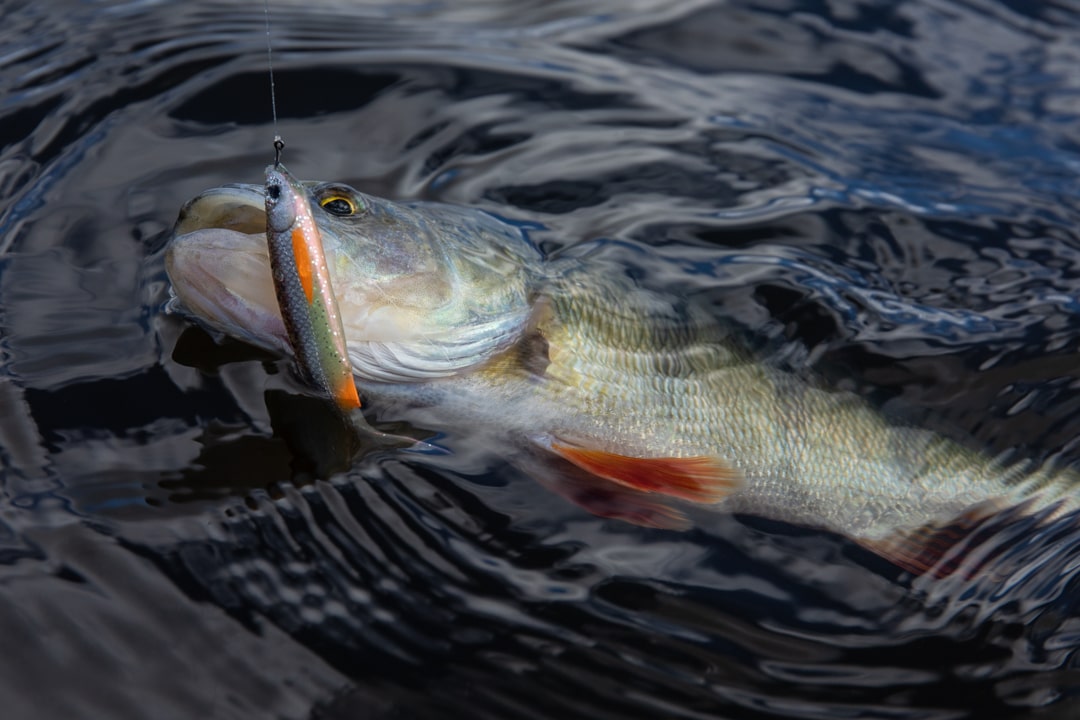

Choosing a lure colour that matches the prey's colours and patterns makes the lure more visible and enticing to fish. This increases the likelihood of them attacking the lure.
Whether it's the silvery shimmer that imitates a roach for a pike fishing lure or the dark, shadowy profile that emulates a shellfish for perch, the right lure colour can transform your fishing experience.
Using Bright Colours for Lure Fishing
In the diverse freshwater habitats of the UK, using bright-coloured fishing lures can be a game-changer for attracting predators like pike and perch.
These vibrant hues, from fiery oranges to electric blues, stand out distinctly against the underwater backdrop, ensuring maximum visibility and prompting an aggressive response from these keen-eyed hunters.
Our predator fish expert, Phil Spinks suggests that:
“My simple rule of thumb is brighter colours in murky/coloured water or in low light conditions.
When the water is clear I choose a lure that best matches whatever I feel the fish are feeding on.
Best described as matching the hatch.”
Other Lure Characteristics Beyond Colour
Lure Shape
Just as colour captivates, the silhouette of a lure plays a crucial role in enticing predatory fish. The shape of a lure can mimic everything from the slender profile of baitfish to the undulating form of aquatic insects or the robust body of crustaceans.
This physical imitation serves as a visual cue, telling predatory fish that what's ahead is a potential meal, further enhancing the lure's appeal.
Lure Movement
Even the most lifelike lure in appearance can fall flat without the right movement. The way a lure swims, wobbles, or even flutters through the water can be the difference between a curious glance and an aggressive strike.
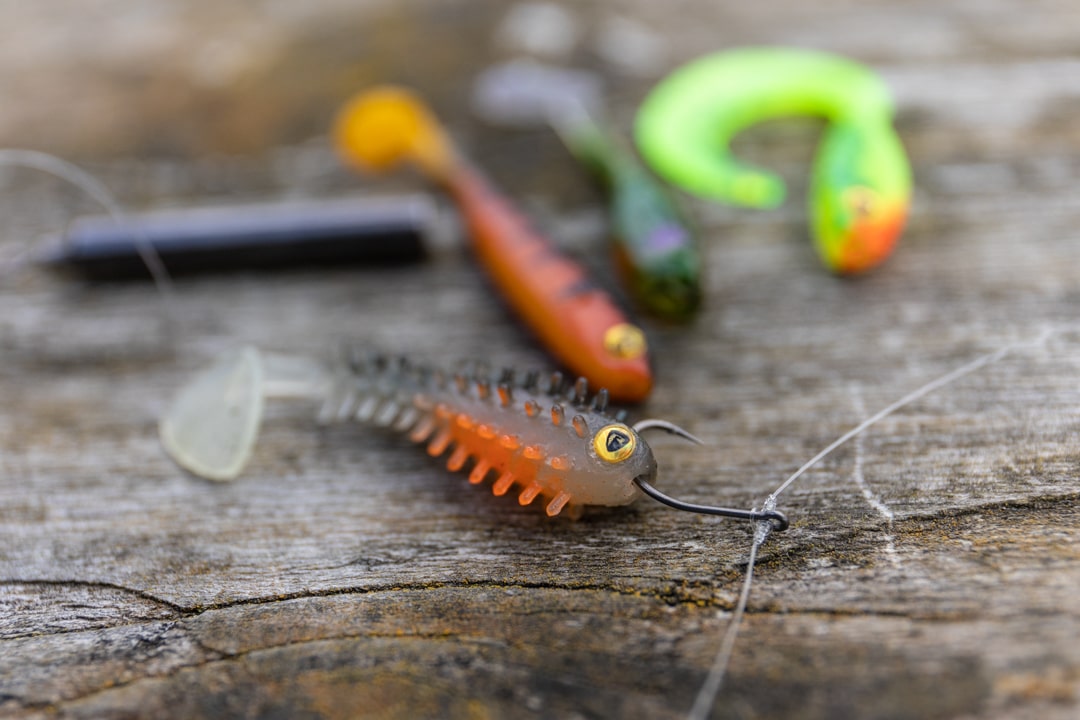

Whether it's the erratic dart of an injured fish or the gentle drift of a sinking insect, movement brings the lure to life, stirring the predatory instincts deep within our finned adversaries.
Although the lure moment can be down to the structure of the lure body, it also depends on your reeling in technique which can affect how the lure moves through the water.
Decoding Colour: Triggering Predatory Behaviour in Fishing
Fishing isn't just about mimicking prey; it's about understanding the predator's behaviour patterns. The colour choice of a lure plays a significant role in this. Some species will react aggressively to particular hues based on their diet.
What are the best colour lures for pike?
These ferocious freshwater predators primarily feed on smaller fish like roach, rudd, and dace. A lure that mimics the silver and greenish hues of these baitfish, interspersed with flashes of red or orange to represent distress, can be incredibly effective in provoking a pike's predatory response.
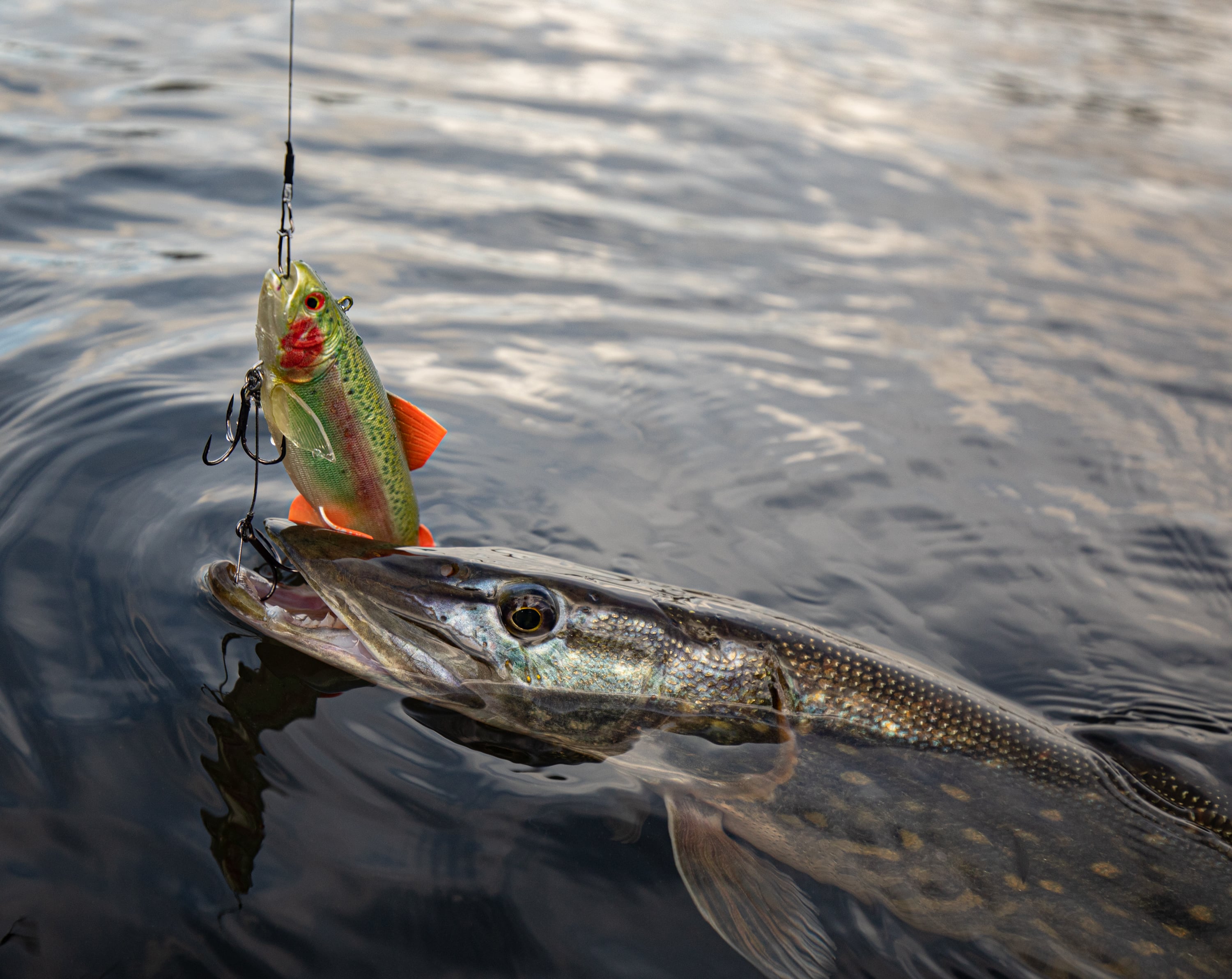

Lures for Zander Fishing:
Zander, often regarded as the pike-perch, has a preference for bleak, gudgeon, and small bream. Lures that echo the silvery-white underbelly, transitioning to a darker top, effectively imitate these prey species. Using blue or violet undertones can be especially captivating to a zander's keen eye.
Perfect Perch Fishing Lure:
Perch are opportunistic feeders, preying on a range of aquatic life, from tiny fish to invertebrates. A lure that blends the golds and reds, reminiscent of minnows or juvenile roach, with the erratic movement mimicking an insect or a wounded fish, can be a surefire way to trigger a perch's aggressive chase.
However, remember that fish behaviour can vary based on several factors, including region, season, and more.
What colour is a lure in water?
The colour of a lure in water can vary from its appearance out of water due to light filtration. As light penetrates water, certain wavelengths (colours) get filtered out depending on the depth. For instance, factors like water clarity and pollutants can affect how a lure's colour appears underwater. So, a bright red lure might look grey or black at deeper, murky depths.
In essence, the art of selecting the right lure colour is a dance between understanding fish vision, water conditions, and light levels. As British waters present their unique challenges, expert UK anglers often carry a varied palette of lures to adapt to the ever-changing conditions.
Differences Between Freshwater and Saltwater Fish Vision
Freshwater and saltwater fish exhibit unique visual adaptations tailored to their habitats. While freshwater fish often have eyes suited for murkier waters with a wide field of view to detect movements and depth, many saltwater fish boast polarized vision for reducing glare and improved depth perception in clearer oceanic conditions.
Additionally, deep-sea species may be attuned to specific colour spectrums, like blues and greens, and some possess specialized adaptations for lighting.
What colour of lure to use?
There are a few factors that can affect lure visibility.
Water Clarity
Muddy waters can distort colours, rendering them less distinct. On the flip side, clear water can make some colours almost too vivid, potentially alarming fish.
- Super Clear Water: Opt for white or clear, with a hint of glitter. Warmer colours can be effective, especially during sunny days when they can reflect light, mimicking the vibrant hues of many aquatic creatures.
- Clear Water: Blue lures are your best bet.
- Green Water: Green and yellow lures stand out best.
- Stained Water: Shades of orange, green, and chartreuse are ideal.
- Muddy Water: Bright, neon colours or even dark black and purple lures can create a stark contrast, making them more noticeable. Red is the most prominent.
- Deep Sea Waters: Since red, orange, and yellow are quickly absorbed, deeper dives call for blues and greens. These colours retain their hue in deeper water, making them more visible to fish.
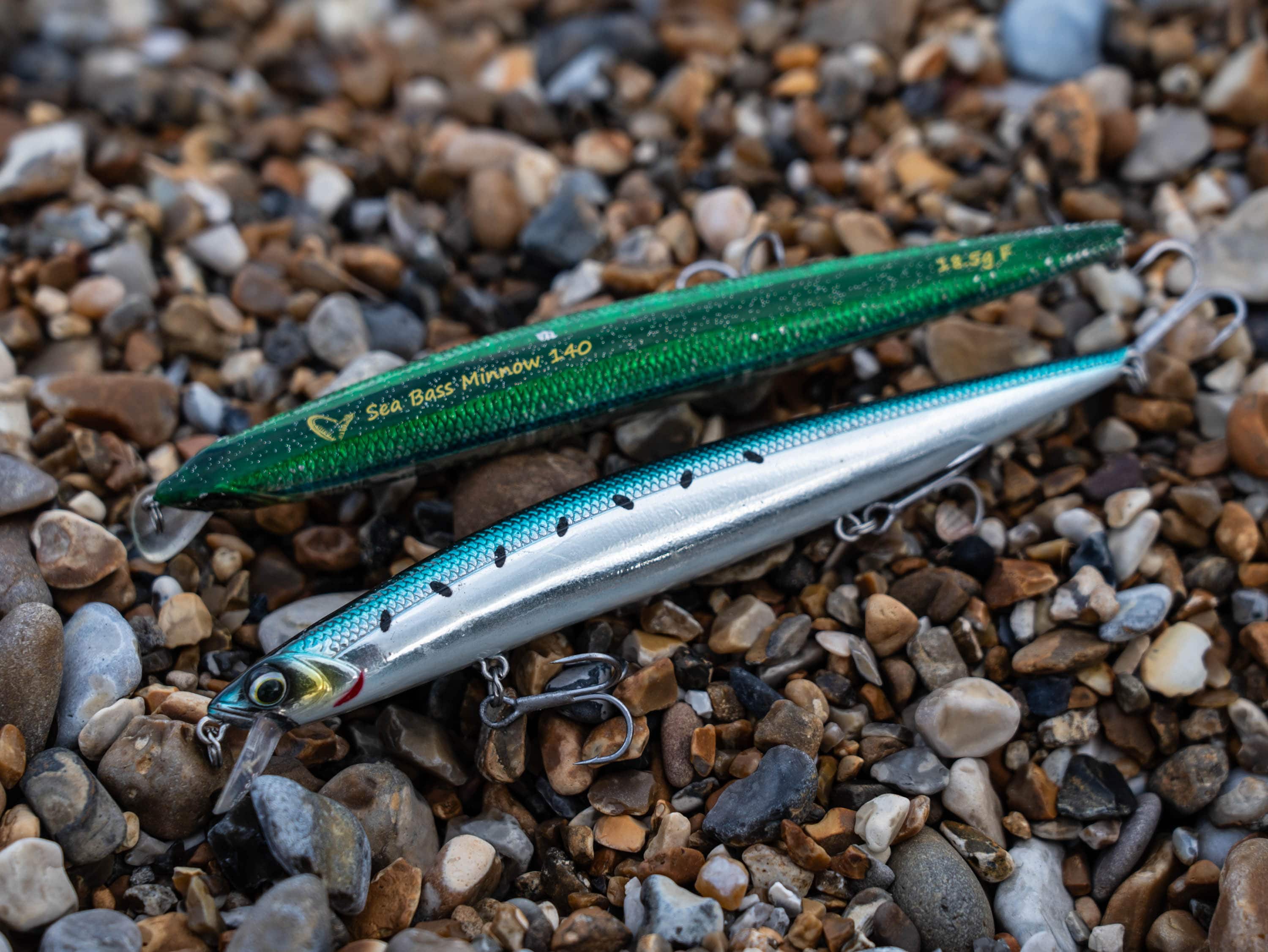

Depth and Light Penetration
Water absorbs different wavelengths of light to varying degrees. Red, for instance, is absorbed quickly, disappearing within a few metres, while blue penetrates deeper. Thus, a red lure may appear grey or black at deeper depths.
- Low Light: Use blue, purple, or black with silver flash.
- Medium Light: Red and orange are most effective.
- High Light: Go for brown or grey with fluorescent touches.
How to Choose the Right Lure Colour
Matching the lure colour to the natural prey of the fish or the surrounding environment can significantly increase the chances of a catch. Here's how to go about it:
Consider the Depth and Clarity of the Water
In clear water and shallow depths, natural and lighter-coloured lures work best, as they closely resemble real fish. In murkier water or greater depths, brighter or UV-reflective lures are more effective, as they are more visible and can attract fish from a distance.
Match the Hatch
"Matching the hatch" is an age-old angling principle. It means selecting a lure that closely resembles the local fish prey in size, shape, and colour. Observing the local baitfish or insect life can give clues to the best lure choice.
Experiment with Different Colours
There’s no one-size-fits-all in fishing. Fish behaviours can change based on numerous factors, including weather, time of day, and local conditions. Sometimes, a completely unconventional lure colour might just do the trick!
Application in Fishing Techniques
Fishing in Murky Waters
Navigating the challenges of murky waters demands a refined approach in fishing techniques. The diminished visibility in these conditions means fish rely more heavily on their lateral line – a sensory organ detecting vibrations – than on sight.
Therefore, anglers should consider lures that produce more vibration and sound, such as rattle baits or spinnerbaits. Bright or fluorescent-coloured lures can also increase the chances of a catch, standing out as a beacon amidst the murk.
Additionally, slow, deliberate retrieves can make it easier for fish to hone in on the bait in these visually challenging environments.
Deep-Sea Fishing
The mysterious depths of the deep sea bring their own set of fishing intricacies. Here, light penetration dwindles, and the water's colour spectrum narrows, making most objects appear monochromatic, primarily in shades of blue or green.
Lures with glow-in-the-dark features or those that produce bioluminescent-like effects can be especially effective at these depths. Metal jigs, reflecting any available light can also be game-changers. Remember, in the abyss, it's not just about mimicking prey but also being noticeable in the vast, dark expanse.
UV Light and Lure Visibility
Recent studies suggest that many fish species can see ultraviolet (UV) light, which humans can't. Lures that reflect UV light can, therefore, provide an edge, especially on overcast days or in deeper waters where natural light is minimal.
If you're an advanced angler looking to take your game to the next level, experimenting with UV reflective lures can be a game-changer.
Mastering the science of lure colours in relation to fish eye vision is no mere weekend endeavour. It demands a keen understanding of the environment, fish behaviour, and an ever-evolving body of knowledge. Plenty of trial and error will occur which is why taking a selection of fishing lures is a must on your predator fishing trips.
For the seasoned angler, choosing the perfect lure is just another thrill of the game. So next time you're gearing up, spare a thought for the unseen world of fish vision and how it can transform your lure-angling exploits.
FAQs on Fishing Lure Colours
What colours do fish see best?
Red in most waters is easily spotted by several species. In the UK's freshwater environments, fish like pike, perch, and zander have adapted their vision to detect specific colours based on their prey and surroundings.
Pike are drawn to silvery, shiny hues but also react to distressed colours like red or orange. Perch, being opportunistic, are sensitive to bright colours like reds and yellows, mirroring their varied diet.
Why are fishing lures brightly coloured?
Brightly coloured lures aim to mimic the vibrant hues of aquatic prey, making them more appealing to predatory fish. Additionally, bright colours offer better visibility, ensuring the lure stands out in diverse water conditions. Some fish are attracted to specific colours due to their natural diet, making such lures especially effective.
Do eyes on lures matter?
Yes, they do. Eyes on a lure can make it appear more realistic, mimicking live bait. For predatory fish, the eyes of their prey often serve as a focal point during an attack. Thus, lures with prominent, realistic eyes can sometimes entice more strikes.
